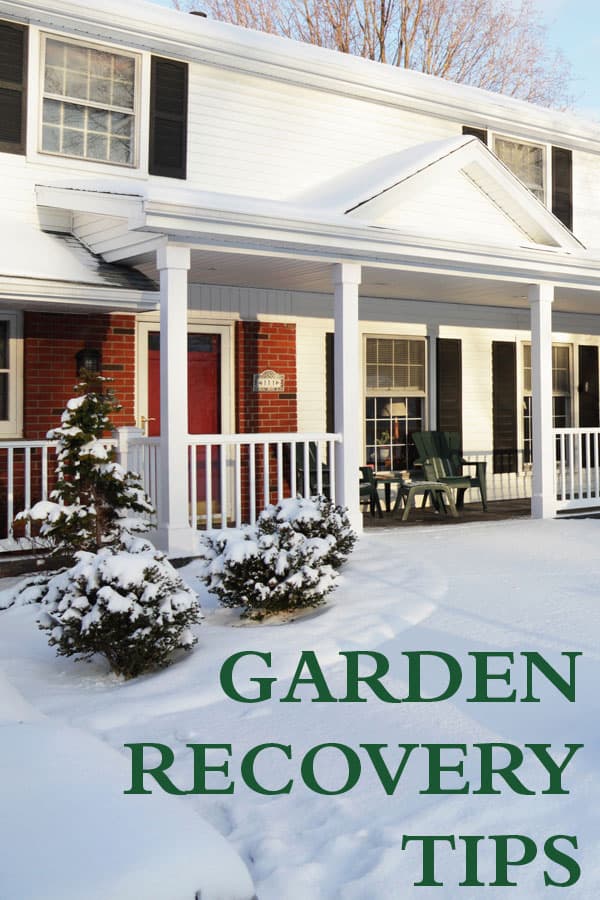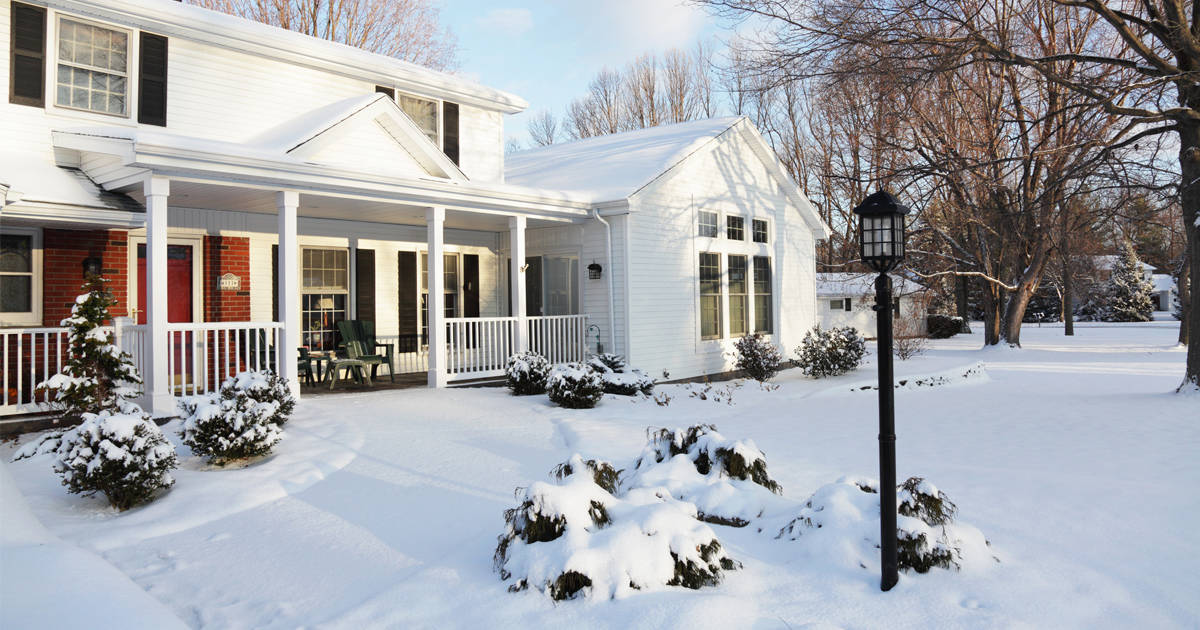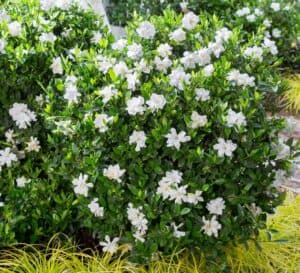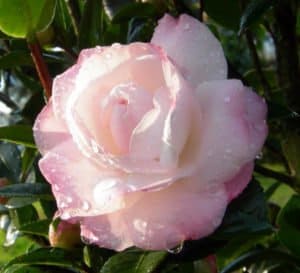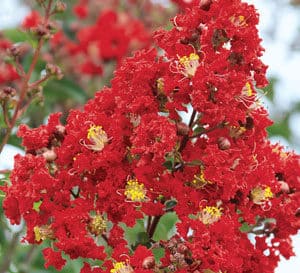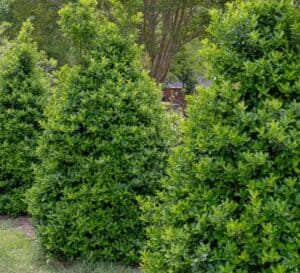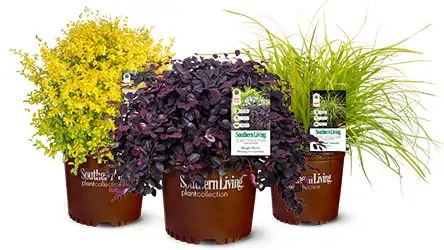Even the most carefully designed landscape cannot escape the power of severe weather events. Heavy wind, ice, snow and floods can all cause serious damage to the landscape. And while we do our best to select well-adapted plants, abnormally cold weather can cause unexpected freeze damage. When weather-related damage occurs, take time to assess damage before taking action.
Safety First When Assessing Storm Damage
Our first concern in assessing storm damage is to identify any safety hazards. Wind and ice events in particular often leave behind large broken tree limbs. Survey trees from a safe distance to locate any “hangers” or limbs caught up in the canopy. Tree limbs are very heavy and can pose a serious risk to people and property. Hangers should be removed before working in the landscape. If hanging limbs are too large or high to remove safely, hire a certified arborist to do the job. Once the landscape is safe to work in, evaluate damage to trees, shrubs and other landscape plants.
Proper Pruning for Tree Damage
Woody plants are the hardest hit by winter weather events, with trees typically suffering the worst damage. But some damage can heal. I have seen bald cypress trees bent over from an ice storm make a full recovery. When no visible cracks or breaks are present, give the plant time to recover before taking any action.
Other damage is more serious and requires immediate corrective action. Broken and damaged branches and limbs need to be removed as soon as possible to start the healing process and prevent infection. Proper pruning techniques are essential to allow woody tissue to seal. Prune broken limbs back to a lateral branch and trim the jagged edges of open bark wounds using a sharp knife.
Sometimes you have to make a difficult decision regarding the ability of a tree to recover from damage. Most trees will not recover when more than one-third of the tree is lost or large sections of the bark are torn away. Also consider the future safety of the tree as well as the resulting appearance when making a decision to remove or rehabilitate a tree.
Pruning Storm-Damaged Shrubs
Shrubs are typically easier to manage following storm damage. As with trees, prune damaged branches to a healthy new bud directed outward from the center of the plant. Most shrubs tolerate heavy pruning of up to one-third of the plant. Some shrubs can even withstand periodic renewal pruning, in which the entire plant is cut back to just above ground level. However, not all plants tolerate this extreme type of pruning, so be sure to research specific plant material before taking such action.
Treating Plant Freeze Damage and Winter Injury
It is best to wait until after the last spring frost date, when the plant is actively growing, to treat winter damage. Cold-sensitive deciduous plants may experience dieback during hard winters. Waiting until buds begin to break allows you to determine how far back branches need to be pruned. Be patient – plants like crapemyrtle can be slow to start in spring. It is also important to give evergreen shrubs – particularly broadleaf evergreens – time for regrowth. Broadleaf evergreens often put out a flush of new foliage in spring. By waiting for new growth, we can save limbs that might have appeared dead during the winter. In many cases, new growth hides winter-damaged foliage, significantly reducing pruning needs.
Pin it for later!
